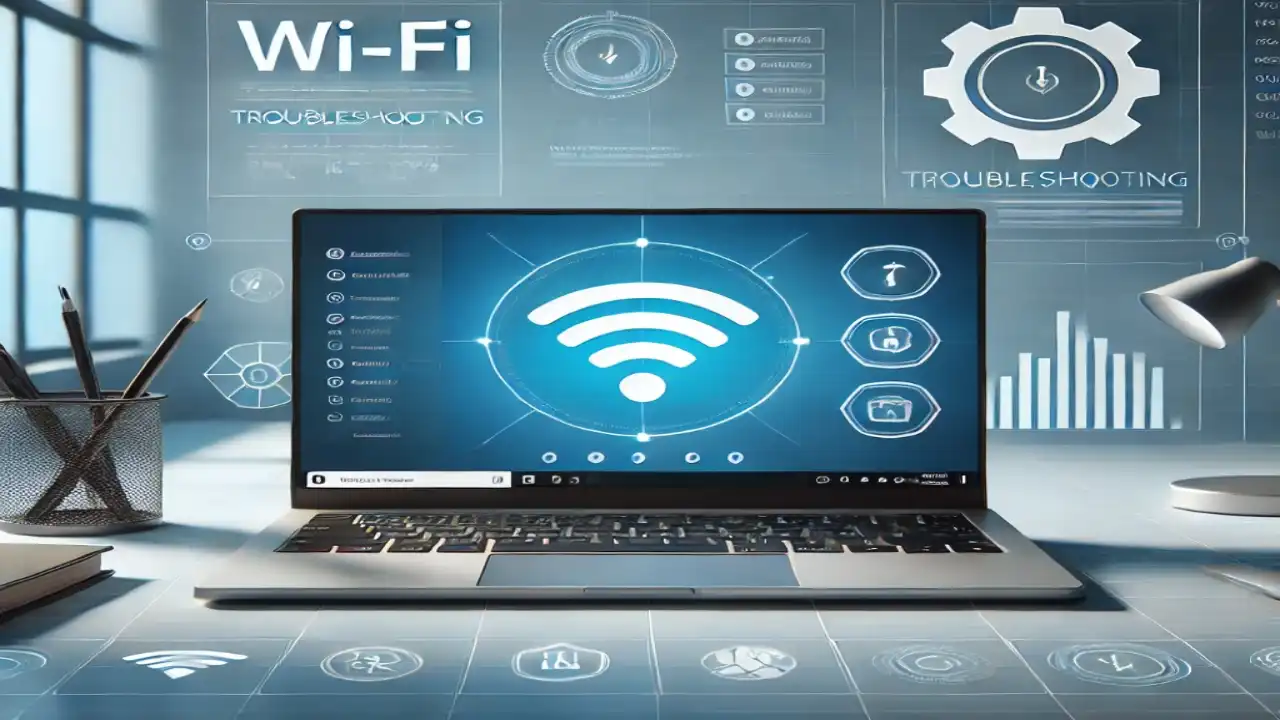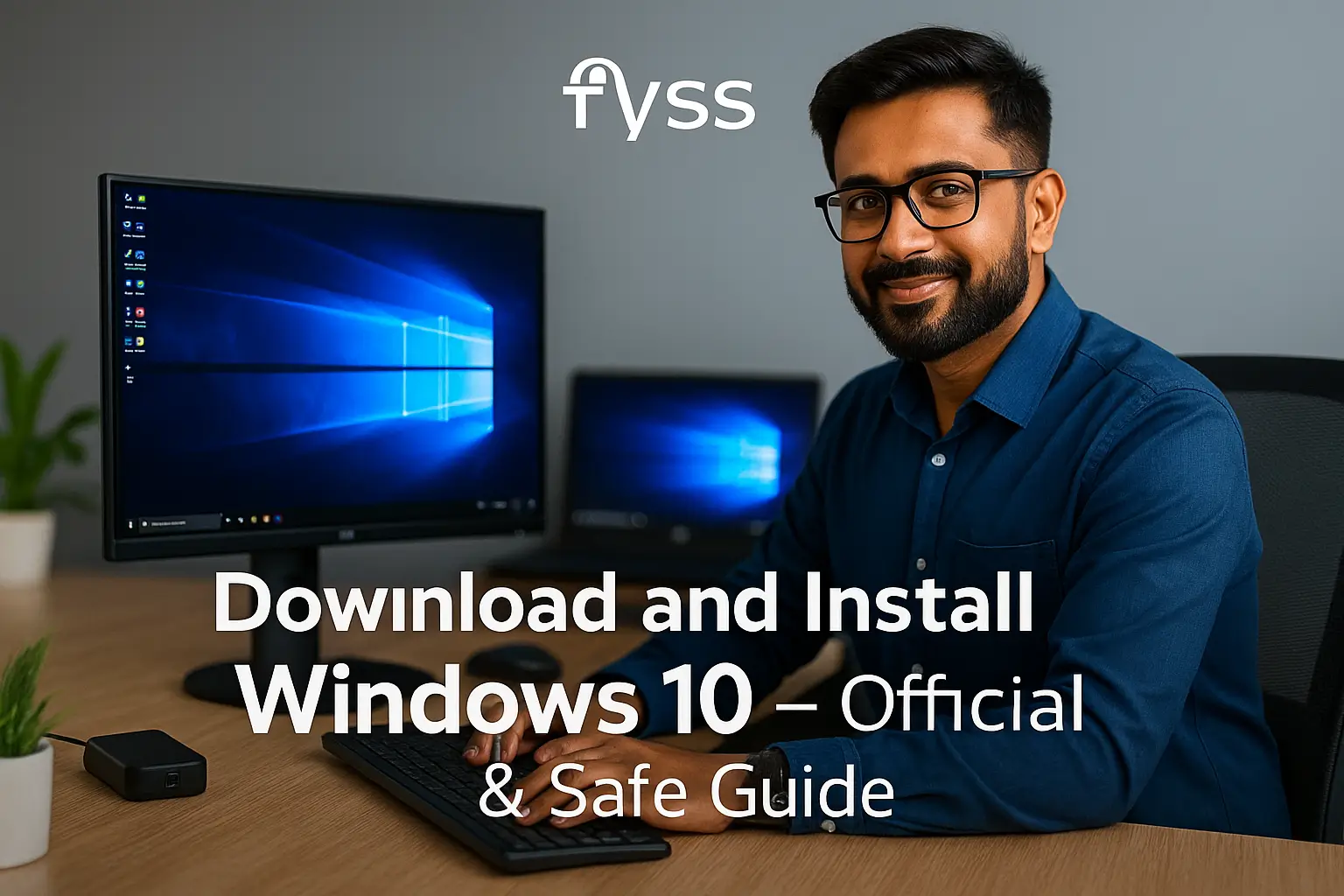Introduction
Experiencing Wi-Fi not connecting in Windows 10/11 can be frustrating, especially when you need a reliable internet connection. This guide will show you how to fix Wi-Fi connectivity issues in Windows 10/11 with step-by-step solutions. Whether it’s a driver problem or network configuration error, we’ve got you covered.
Table of Contents:
Common Reasons for Wi-Fi Not Connecting in Windows 10/11
- Driver Issues: Outdated or corrupted drivers can prevent Wi-Fi from working.
- Network Settings Misconfiguration: Incorrect DNS or IP configurations may block connections.
- Signal Weakness: A poor signal can lead to connectivity drops.
- Router or Adapter Problems: Faulty hardware may need resetting or replacement.
- Software Conflicts: VPNs or firewalls may interfere with your Wi-Fi.
Step-by-Step Guide to Fix Wi-Fi Not Connecting in Windows 10/11
1. Restart Your Router and Computer
- Turn off your router and wait 30 seconds before restarting.
- Reboot your computer to refresh its network settings.
2. Reconnect to Wi-Fi Network
- Click the Wi-Fi icon in your taskbar.
- Select your network and click Forget.
- Reconnect by entering the network password.
3. Run Windows Network Troubleshooter
- Open Settings (
Windows + I). - Navigate to Update & Security > Troubleshoot > Internet Connections.
- Click Run the troubleshooter and follow the on-screen instructions.
4. Update or Reinstall Wi-Fi Drivers
- To Update the Driver:
- Open Device Manager (
Windows + X > Device Manager). - Expand Network Adapters and right-click your Wi-Fi adapter.
- Select Update driver and follow prompts.
- Open Device Manager (
- To Reinstall the Driver:
- Right-click your Wi-Fi adapter in Device Manager and select Uninstall device.
- Restart your computer to let Windows reinstall the driver.
5. Reset IP and DNS Settings
- Open Command Prompt as Administrator (
Windows + X > Command Prompt (Admin)). - Type the following commands:
- Restart your PC.
6. Ensure Proper Network Adapter Settings
- Press
Windows + Rand typencpa.cpl. - Right-click your Wi-Fi connection and select Properties.
- Check Internet Protocol Version 4 (TCP/IPv4) and ensure it’s set to obtain IP and DNS addresses automatically.
7. Disable Power Management for the Wi-Fi Adapter
- Open Device Manager and expand Network Adapters.
- Right-click your Wi-Fi adapter and choose Properties.
- Go to the Power Management tab and uncheck Allow the computer to turn off this device to save power.
8. Perform a Network Reset
- Go to Settings > Network & Internet > Status.
- Scroll down and click Network reset.
- Restart your computer.
Frequently Asked Questions (FAQs)
Q1: Why does my Wi-Fi keep disconnecting?
A1: This may be due to interference, outdated drivers, or router issues. Follow the steps above to troubleshoot.
Q2: Can a VPN affect Wi-Fi connectivity?
A2: Yes, VPNs can sometimes interfere with Wi-Fi. Try disconnecting the VPN to see if it resolves the issue.
Q3: What if the problem persists?
A3: If none of the steps work, try contacting your ISP or checking if your hardware requires replacement.
Thank you for visiting our website! We hope this guide helps you achieve a smoother and faster Windows experience. Do check out our other tech tips and visit again Fyss.in for more solutions.




